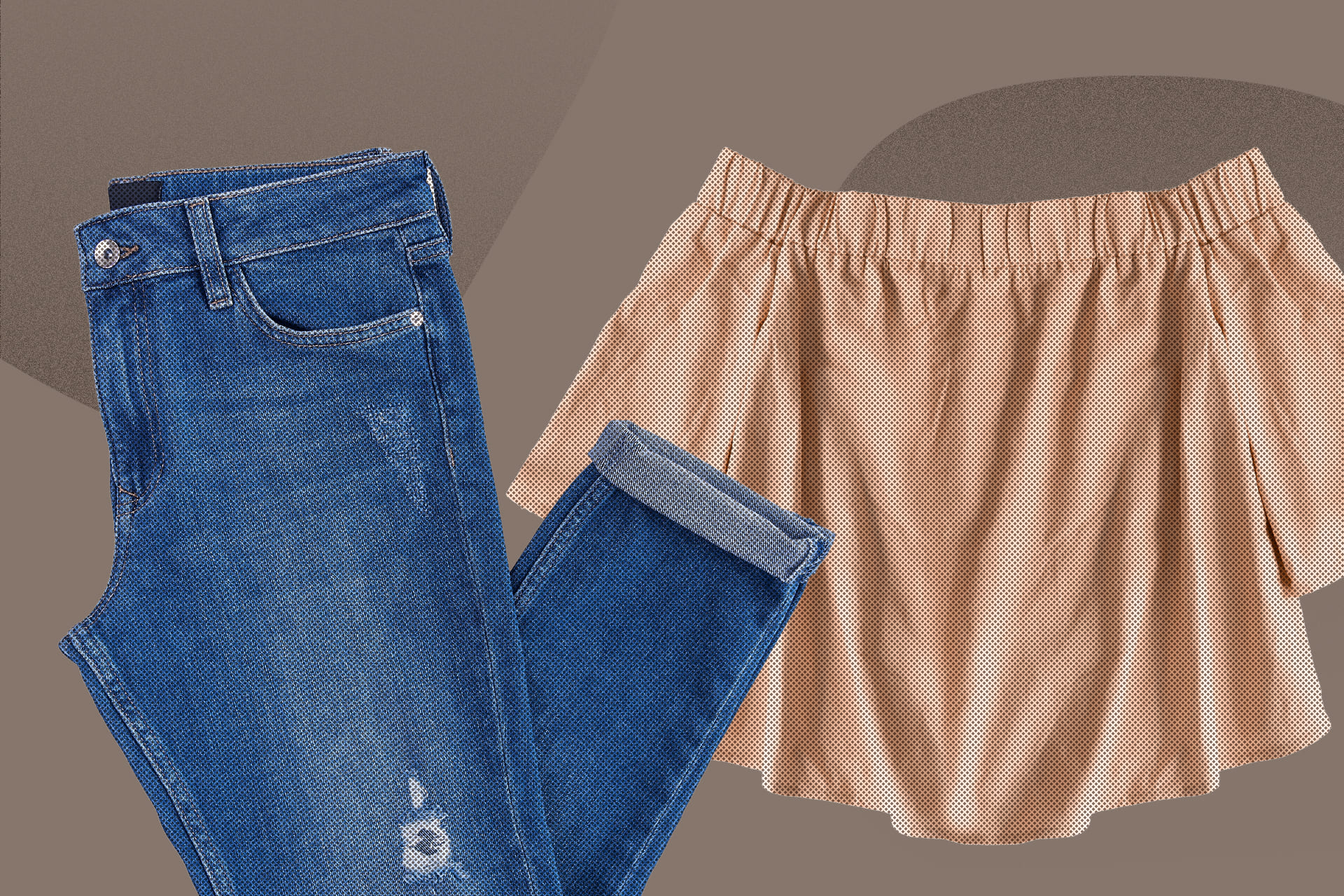
The Ugly Truth: Fast Fashion and the Environment
We are reader-supported. When you buy through links on our site, we may earn affiliate commission.
There’s a significant chance you’ve bought fast fashion before. It’s something most people have done in their lifetimes, with or without knowing. That’s because fast fashion is all around us. These products are readily-available, fashionable and affordable. Who can resist? It turns out that there’s actually more to the story. The fashion industry is ruining our planet in ways that might be irreversible. Here’s a look at the ugly truth about fast fashion and the environment.
How Do Fast Fashion and the Environment Relate?
The term fast fashion refers to cheaply-made, on-trend garments sold in mass quantities to consumers. If you’ve ever shopped at a Forever 21 or H&M, you’ve likely bought into fast fashion — but clothing production has doubled since 2000, so you’re not alone. The demand for these items has risen consistently every year.
The system used to make fast fashion revolves around speed. It’s every producer’s goal to design, craft, distribute and advertise garments as soon as possible. By pushing out small numbers of various trends, they’re able to cast a wide net. This tactic mitigates risk, earns money and pleases customers.
Here’s a quick comparison. The traditional fashion methods we used in decades past would produce two cycles per year. This lineup included spring/summer and fall/winter looks. Now, it’s more common to see companies with much shorter lead times. In other words, they can produce and deliver new clothing every few weeks.
The Impacts of Fast Fashion and the Environment
How does fast fashion harm the environment? There’s a long list of wrongdoings to cover. From carbon emissions to excess waste, it’s essential to recognize the implications of fast fashion. If we don’t know what’s happening, we can’t fix it.
1. Carbon Emissions
The apparel industry created nearly 4,000 million metric tons of carbon dioxide in 2016. That’s detrimental for many reasons. CO2 causes the Earth’s atmosphere to get hotter because it’s a greenhouse gas. This gas is also responsible for negatively impacting human, animal and plant life.
These emissions are one of the worst parts of the relationship between fast fashion and the environment.
2. Pollution
If you burn fossil fuels, you’re contributing to air pollution. Take a moment to think about the chemicals that garment factories pump into the air. The same concept applies to water pollution. There’s already a distinct issue involving trash in our oceans. That’s only getting worse as microfibers from clothes end up in waterways.
3. Water Scarcity
Have you ever thought about how much water goes into making your clothes? The fashion industry uses millions of gallons of water every year to create garments. In particular, you’ll find that cotton is a thirsty plant. That means your t-shirts and jeans require a lot of water to produce.
4. Unethical Labor
It takes a lot of work to produce clothing at such a rate. That means factories must employ many people as a way to keep up with demand. It’s not unusual for these companies to outsource labor to countries that don’t have protective workers’ rights. This concept is a reason why a majority of the 260 million child laborers in the world work in textiles.
5. Excess Waste
The constant creation of apparel means old trends end up in the trash. You have to make room for your new wardrobe, right? That’s not to mention what happens to items that don’t sell in stores or aren’t used by factories.
If you consider the rate at which the fashion industry makes garments, it’s not a surprise that one garbage truck full of clothes empties into a landfill every minute.
How You Can Dress Sustainably
It’s important to remember that you can’t always avoid fast fashion. If you have to stick to a budget, your options are limited in a way that makes sustainable clothing mostly unattainable. You shouldn’t feel guilty about something you can’t control.
The obvious solution is to stop buying from fast fashion brands. Instead, you can get clothes from green labels that aren’t so bad for the environment. Look for garments made by companies that care about the planet. That said, you need to be aware of “greenwashing” — or when businesses falsely declare they’re sustainable for marketing purposes.
If you can’t afford eco-friendly fashion, you can get creative. Try shopping more at your local thrift and consignment stores. Learn how to make your own clothes. Donate your old apparel to those in need before you buy anything new.
Fast Fashion and the Environment Aren’t Compatible in the Long Run
It’s clear that fast fashion and the environment don’t have a sustainable relationship. If we want to protect our planet, we need to find eco-friendly ways to produce garments. The outcomes otherwise will be detrimental to everyone’s livelihood.
Share on
Like what you read? Join other Environment.co readers!
Get the latest updates on our planet by subscribing to the Environment.co newsletter!
About the author
Jane Marsh
Starting from an early age, Jane Marsh loved all animals and became a budding environmentalist. Now, Jane works as the Editor-in-Chief of Environment.co where she covers topics related to climate policy, renewable energy, the food industry, and more.





